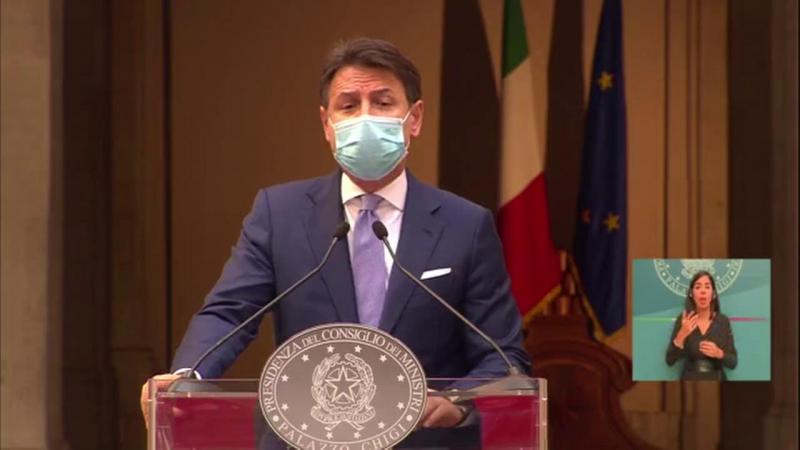Italy’s government issued yet another emergency decree on October 24, only a few days after two other emergency decrees had been signed, respectively on October 13 and 18.
Understandably, there is a lot of confusion, Italians are frustrated and are having a hard time trying to keep up with the changes and added restrictions. Many feel this latest decree is just a patch to cover errors and lack of preparation.
The reason for issuing another decree with further restrictions is the daily rise in number of positive cases to Covid-19, accompanied by a rising number of hospitalizations and patients needing to be placed in intensive care unit.
Here’s what’s new in the latest decree signed by prime minister Giuseppe Conte, valid from October 26 to November 24.
Restaurants, bars, pubs, and eateries in general can only be open from 5 am to 6 pm. After 6 pm, only take out and delivery services are allowed to remain open, until midnight. Most regional governors are against this decision, as they were pushing for eateries to stay open until at least 11 pm.
In eateries, a maximum of four people can sit at the same table, unless they are part of the same household.
Swimming pool, gyms, wellness centers will all have to close effective October 26. This decision also caused much disappointment and controversy as these facilities had been forced to put in place a series of safety measures meant to contain the spread of the virus which cost them money and effort and owners now feel they can’t recoup.
Recreational and cultural centers will also be closed, as well as cinemas, theaters and concert halls.
Elementary and middle schools remain open; high schools will have to implement at least 75% of digital learning and can adopt flexible hours for in-person lessons, including afternoon shifts and the obligation not to open before 9 am. This measure is intended to alleviate pressure on public transport, however, and this is another point that is causing controversy, buses, metros and regional trains are still running at full capacity with scenes of people crammed tight into them, which is considered a high risk situation.
In the decree, there’s a line that says that it is “strongly recommended” not to move with public or private transportation unless it’s for reasons of work, study, health or need.
Shops and museums can remain open as long as social distancing is enforced and entries are spaced out.
Mayors can order the closure of streets and squares after 9 pm whenever they deem a situation of excessive crowding can be created (the so-called quartieri della movida, the neighborhoods where people gather to socialize at night). In these areas it will still be possible to access and leave businesses that are open and private homes.
It is also strongly recommended not invite over people that are not part of the same household unless it’s for work or urgent needs.
It is forbidden to host any kind of parties, for example after weddings and baptisms, which was allowed for a maximum of 30 people with the previous decree.
Regional governors are also pushing for swabs to be administered only to those who have symptoms and those who have been in close contact with positive subjects, to alleviate the pressure on local health services.
Some doctors claim some of these measures will do little to stop the infection and to alleviate pressure on hospitals, where an official protocol for handling positive cases to be followed nationally lacks, leaving many to wonder why a national protocol wasn't studied in the previous months when the infections were low.









